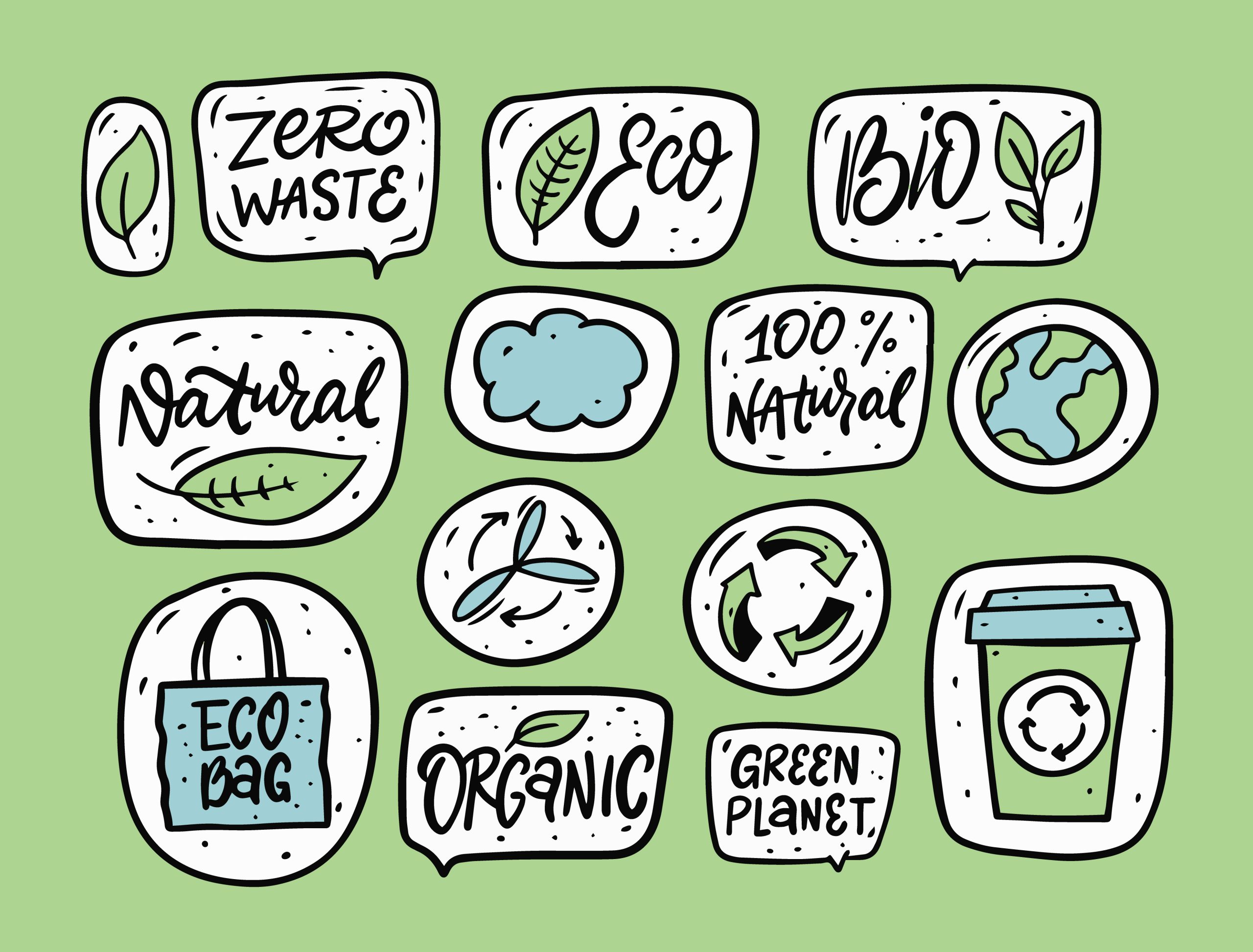As more regulators take steps to rein in the Wild West of green marketing, forward-thinking companies are re-evaluating the way they communicate green initiatives to external audiences.
For many, “greenblushing” – or the act of playing it safe by not making environmental claims at all – is no longer an option. Today, green products are in high demand. According to a recent study from McKinsey and NielsenIQ, products touted as sustainable experienced 28% cumulative growth over the last five years, compared to 20% for products without such claims. Increasingly savvy customers want to know about the green options that exist, and a vast majority also want to know what makes them “green.”
This shifting trend, combined with the global anti-greenwashing regulatory crackdown spurred by the U.K., the EU, the U.S. and Canada, means that companies need to do more than simply provide vague sustainability claims – or add the word “carbon neutral” to a label. They need to be able to explain why a product is a wise environmental choice.
When marketing initiatives are on point, they can drive brand credibility, brand trust and customer loyalty. When they aren’t, they run the risk of being slapped with increasingly–expensive, and brand-tarnishing, greenwashing infractions, which can negate many of the business advantages of doing sustainability work.
With stakes this high, it’s far more beneficial to market sustainability in a truthful and transparent way. That said, conveying the less-than-picture-perfect truth can be challenging for many marketing departments. To make the job a little easier, it can be helpful to keep the following best practices in mind:
Offer as much context as possible
According to the not-for-profit Carbon Trust, to stay onside of evolving greenwashing regulations and communicate sustainability or ESG initiatives (where environmental, social and governance factors are considered) effectively, companies should make sure their associated marketing efforts are fact-driven (all claims are specific, evidence-based and backed by reliable sources), devoid of exaggerated claims (like being “first” or “saving the planet”), fact-checked and verified (ideally by a third party), truthful (they honestly reflect both what has been achieved and what hasn’t), easy to understand (and free from jargon) and accountable (that is, they take responsibility when errors arise).
Including this amount of detail in a traditional advertisement or on a product package is next to impossible – which is why it’s important to integrate longer-form content into the mix (including blogs, thought-leadership articles and videos). This allows companies to offer additional layers of context to back up high-level claims and break down complex concepts.
In practice, this could look like a QR code on a product tag that links to a more detailed product description (citing information about the vendor as well as the product’s materials). The detailed product description, in turn, might link to a relevant sustainability article – say, a short profile about the vendor – which may then link to a more in-depth story about the company’s commitment to supporting business owners in developing countries.
Strike the right tone
To avoid the perception of greenwashing, sustainability communications can’t be rooted in spin. While marketers will want to highlight the positive things a company is doing in a specific area, it’s equally essential to acknowledge that the road to true sustainability is long and, at this stage, barriers are commonplace.
This is new terrain for most marketing departments, whose jobs have traditionally been to tell promotional stories. Take this product page promoting H&M’s Re-Enchantment Story collection, for instance. Here, the marketing team plays up the clothing line’s use of recycled plastic bottles, celebrating it as an environmentally friendly choice, while omitting the practice’s imperfections.
While it’s true that using recycled plastic bottles is better than producing virgin polyester or other fossil-fuel-derived synthetic textiles, the most sustainable use for plastic bottles, according to The Circular Laboratory, would be to recycle them into new bottles – “closing the loop” in the drinking bottle industry. Turning them into polyester not only comes with a greater carbon footprint; it limits their circular lifespan. Right now, the technology simply doesn’t exist to recycle polyester clothes into new clothes at scale. And recycled or not, synthetic fibres end up releasing microplastic particles into waterways when washed.
A more transparent approach would be to address the shortcomings of this recycling method on the product page and link to an educational article like this one on Patagonia’s website. Here, the outerwear company explains its reasons for offering recycled polyester products and acknowledges the pros and cons of this business decision. It also explains its plans to become more circular in the future, as well as the steps it’s taking today to implement that plan.
Part of the reason the Patagonia marketing team can offer a balanced view of the company’s sustainability initiatives is because it’s encouraged to “inspire and educate, rather than promote” and “earn credibility, rather than buy it.”
When transparency around sustainability is prioritized across the organization, marketing teams have more leeway to ask tough questions of the product development teams, grasp the pros and cons of sustainability-related decisions, and ultimately decide how those pros and cons can be truthfully communicated. In many ways, they turn into greenwashing watchdogs.
Good intentions are greenwashing’s kryptonite
Whether you’re a consumer or a business, making planet-friendly decisions is tough. Not only are most options imperfect – requiring their fair share of trade-offs – but deciphering which ones are less–imperfect than others is a full-time job.
And that’s where green marketing can actually help. That’s the market need it can fill. When a company has a deep-seated organizational commitment to reduce its environmental impact, green marketing can be a channel through which to share that knowledge.
This allows companies to not only stay onside of greenwashing regulations, but earn customer trust, strengthen reputations and inspire collective environmental action.
Vanessa Chris is a content strategist and the founder of h2h content.







